Although they look the same, the specifications are different. What's the difference between Thunderbolt and USB-C when choosing an external display for your device? This is about speed, but support for the resolution of the connected display and their number.
As for the USB-C connector, the world has known it since 2013. Compared to the previous USB-A, it is smaller, offers the possibility of two-way connection, and in the USB4 standard it can transfer data at a speed of up to 20 Gb/s, or power devices with a power of up to 100 W. It can then handle one 4K monitor. DisplayPort also adds to the USB protocol.
Thunderbolt was developed in collaboration between Apple and Intel. The first two generations looked different, until the third got the same shape as USB-C. Thunderbolt 3 can then handle up to 40 Gb/s, or image transfer up to a 4K display. Thunderbolt 4 presented at CES 2020 does not bring any major changes compared to the third generation, except that it allows you to connect two 4K displays or one with 8K resolution. At a distance of about two meters. The PCIe bus can handle up to 32 Gb/s (Thunderbolt 3 can handle 16 Gb/s). The power supply is 100 W. In addition to PCIe, USB and Thunderbolt protocols, DisplayPort is also capable.
The good thing is that a computer that supports Thunderbolt 3 also supports Thunderbolt 4, although of course you won't get all its benefits with it. The one with regard to Thunderbolt is therefore in the possibility of connecting a docking station, through which you can serve multiple monitors and other peripherals, such as mainly disks. So, if you are deciding whether to buy a device "only" with USB-C or Thunderbolt, it depends on what you will plug into it and how many displays you are used to working with. If you can get by with one with 4K resolution, it doesn't really matter if your machine is Thunderbolt-spec or not.
It could be interest you

In the case of Apple's external displays, i.e. Studio Display and Pro Display XDR, you will find three USB-C ports (up to 10 Gb/s) for connecting accessories and one Thunderbolt 3 for connecting and charging a compatible Mac (with 96 W power). The four-port 24" iMac M1 has Thunderbolt 3 (up to 40 Gb/s), USB4 and USB 3.1 Gen 2.


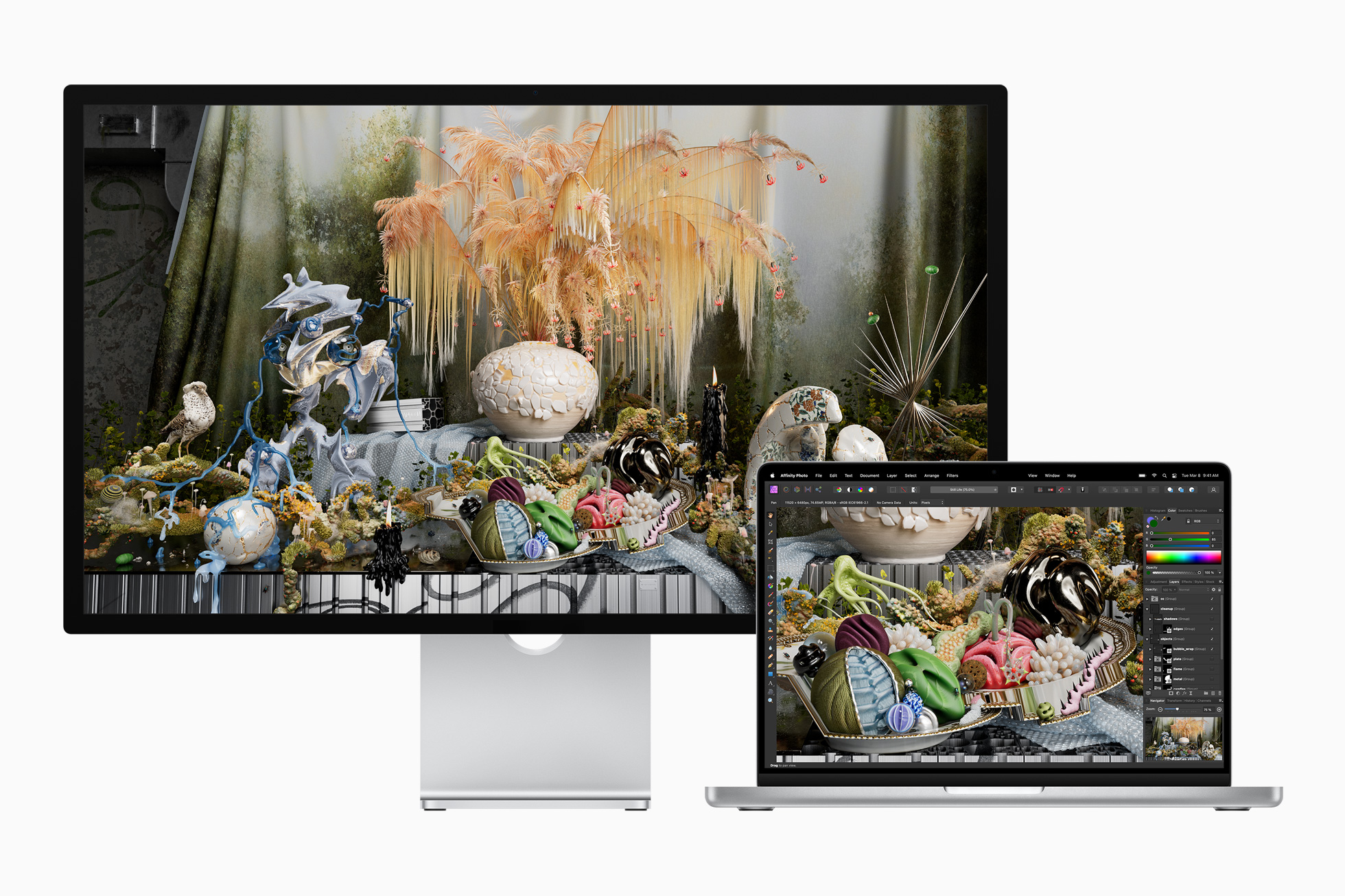
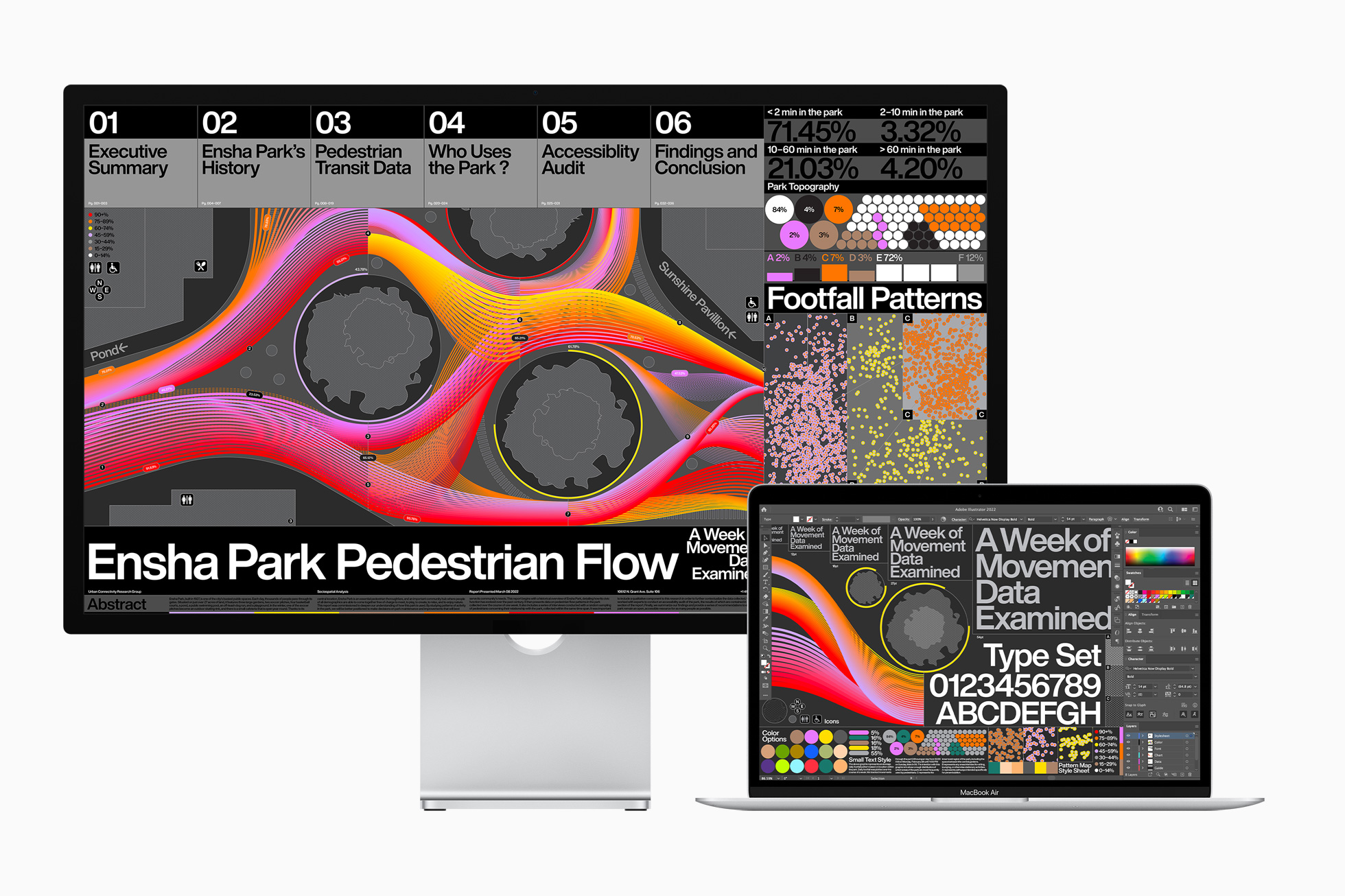

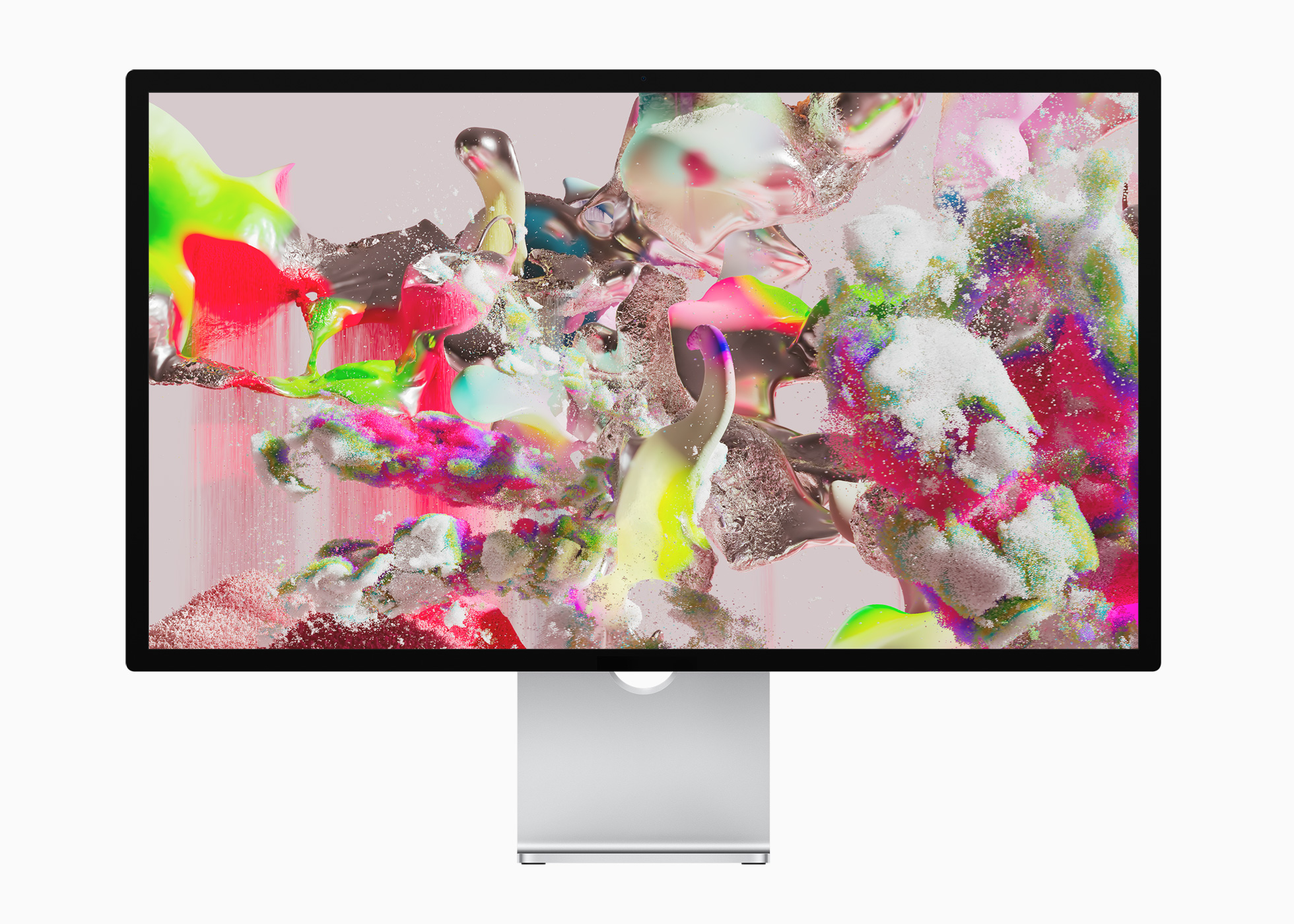


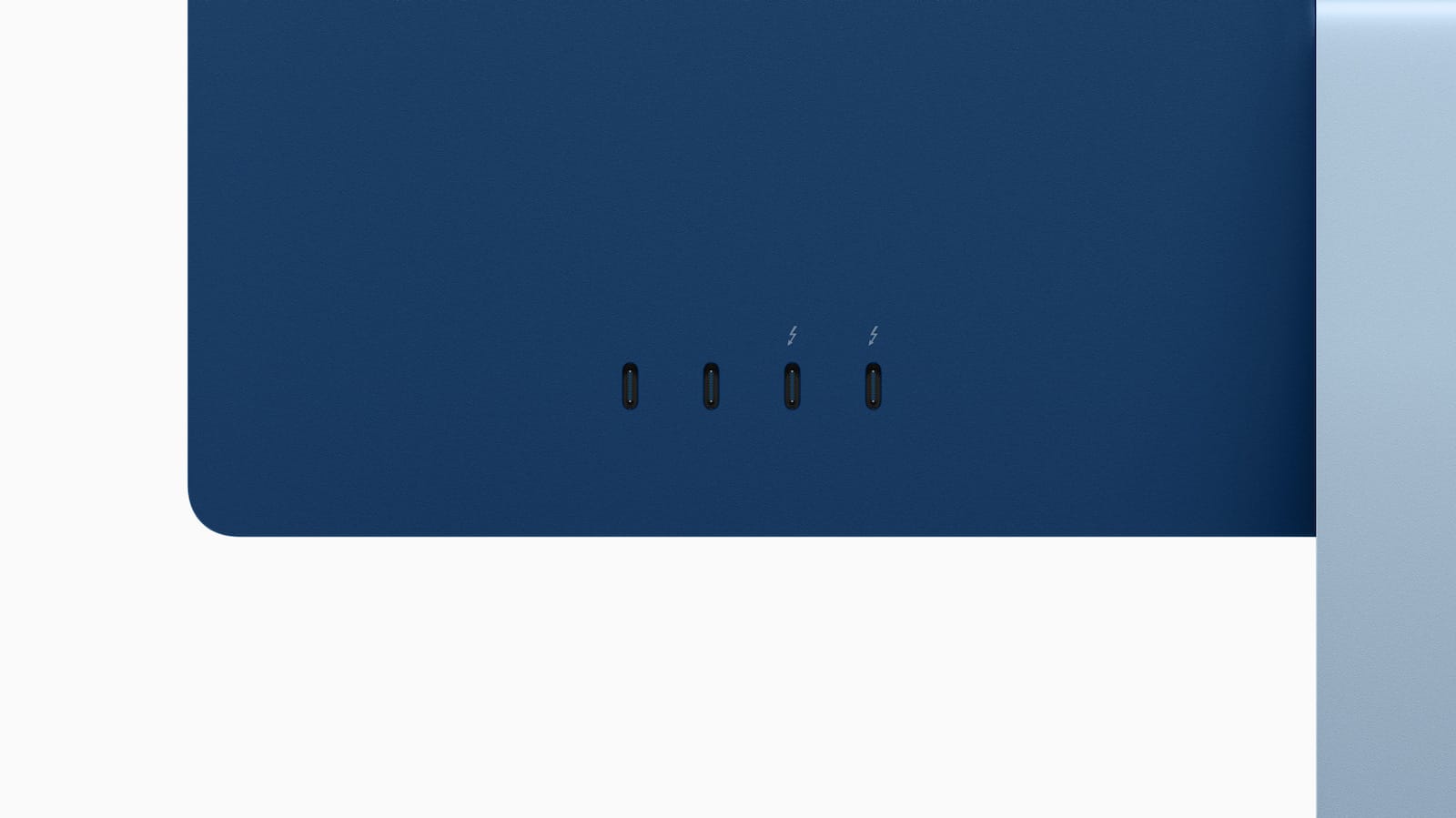

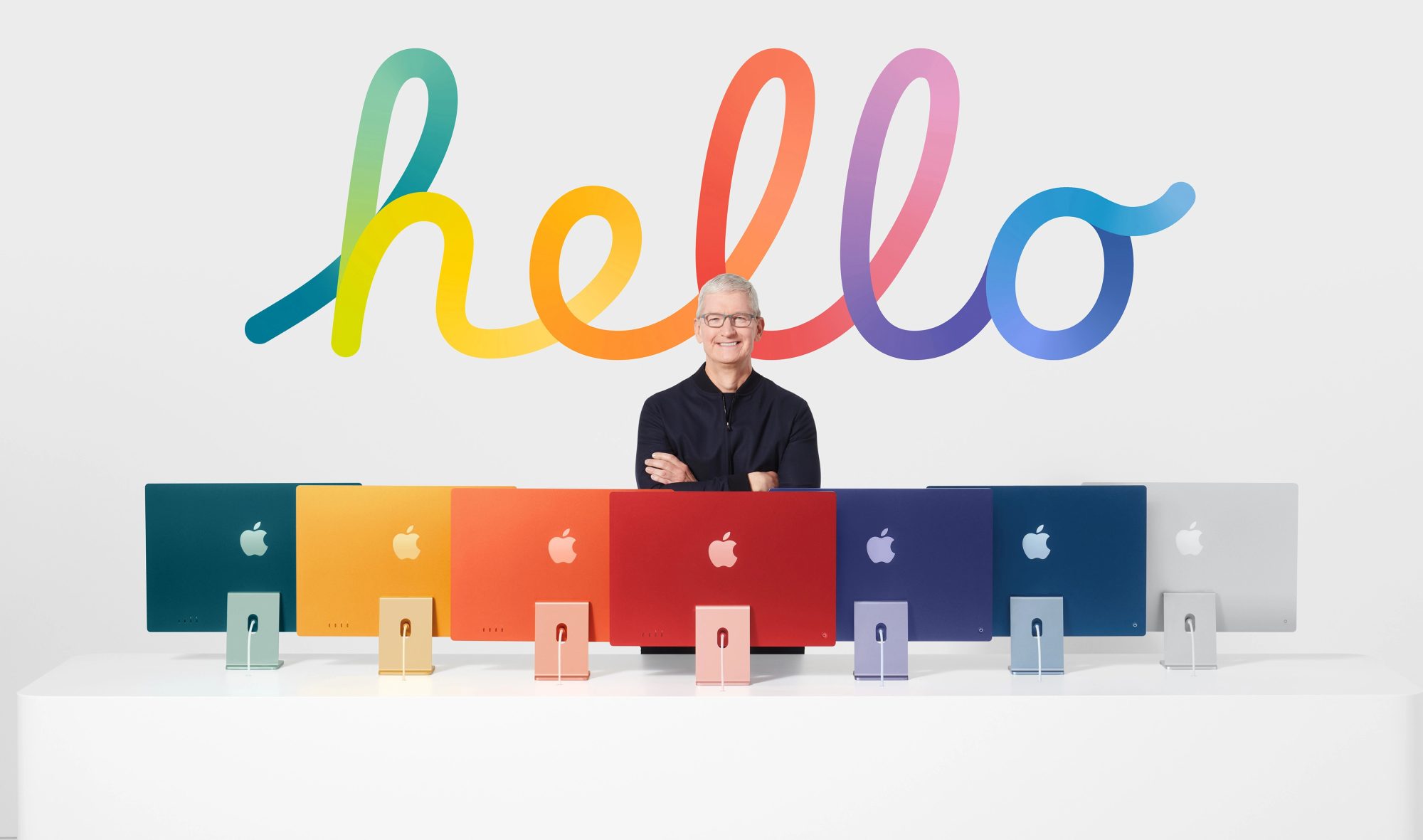

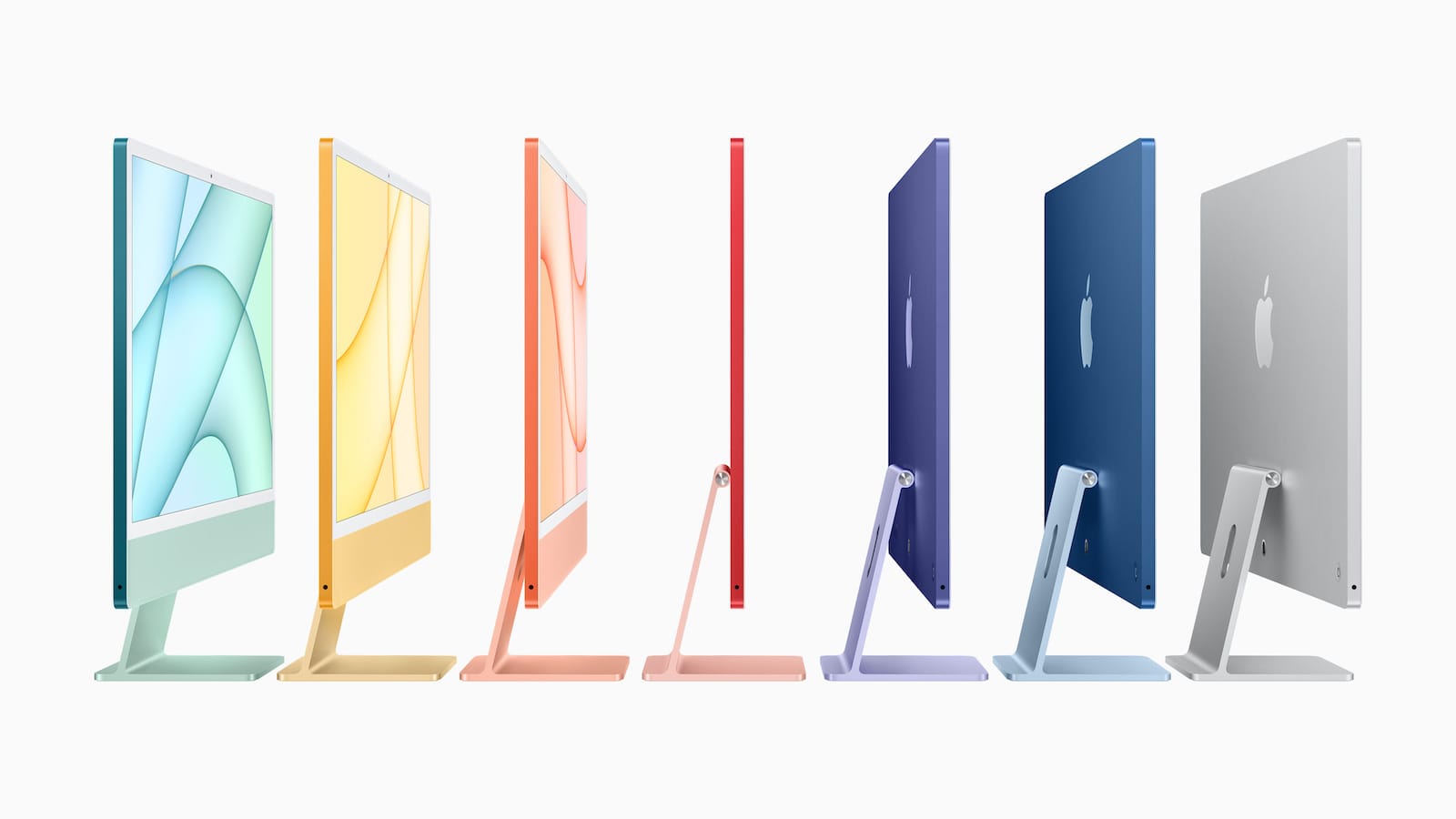


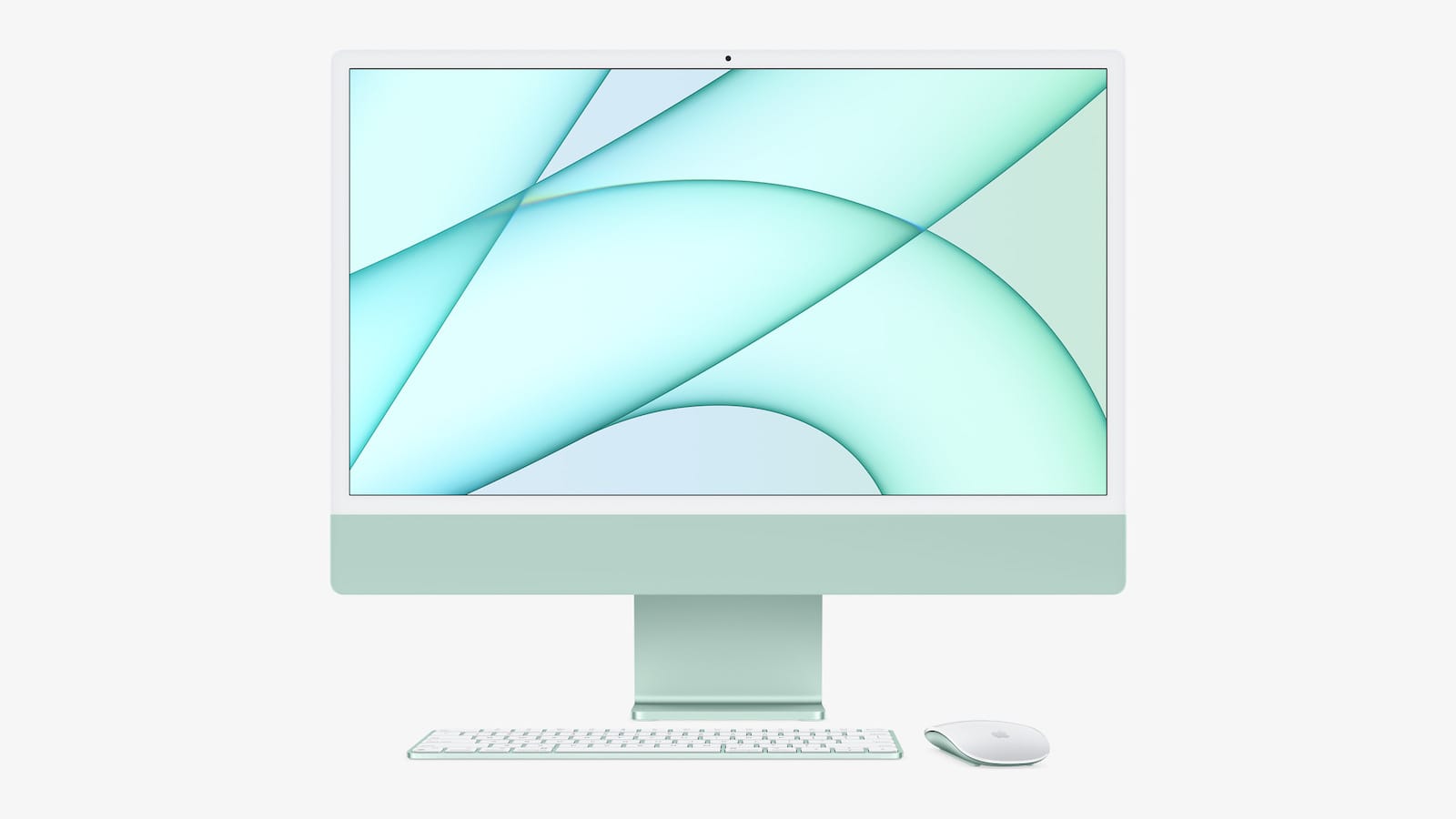
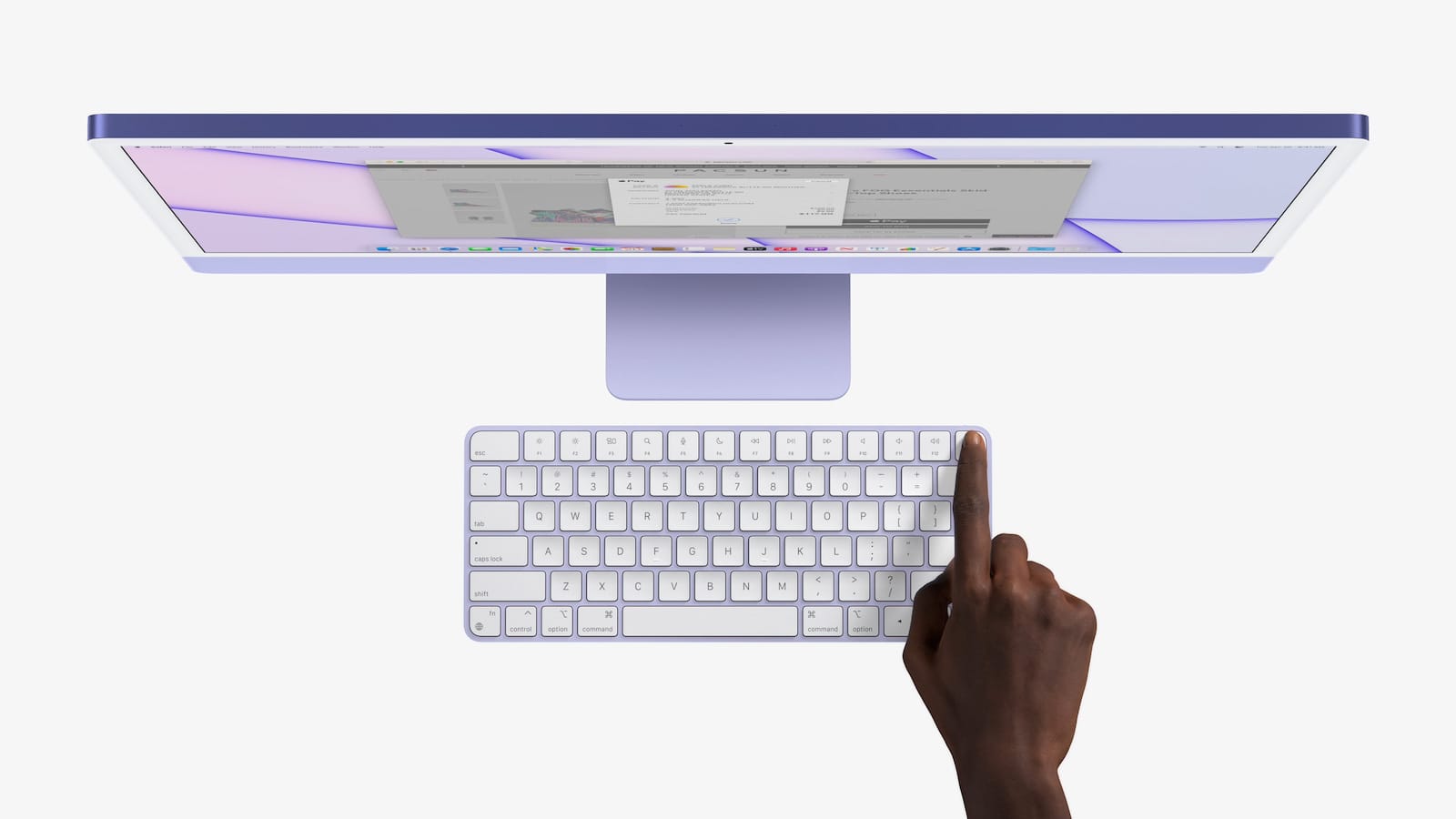
Will the resulting image be somehow limited if I connect a monitor to the Mac mini via USB-C DP instead of Thunderbolt?